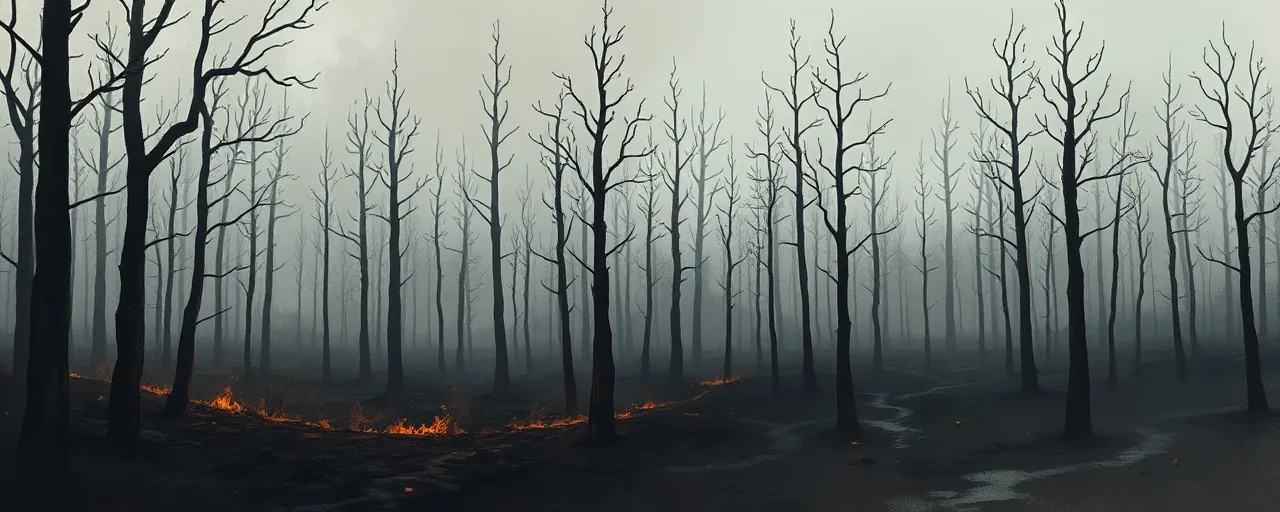A Fiery Promise or a Fiscal Mirage?
California’s latest wildfire plan hit the ground running with a hefty $170 million injection, signed into law by Governor Gavin Newsom. The pitch? Protect communities, tame forests, and outsmart the flames. It’s a bold vow, no doubt, especially with fire season always lurking. But when you peel back the layers, this move feels less like a shield for neighborhoods and more like a shiny political trophy. The dollars are flowing, but where they’re landing, and what they’re actually achieving, demands a hard look.
Newsom’s team touts this as a lifeline for forest management, with funds spread across conservancies from the Sierra Nevada to San Diego. They’re promising faster projects, fewer bureaucratic snags, and a tougher stance against wildfires. Yet, the louder they cheer, the more questions bubble up. Are we getting real protection, or just another Sacramento spending spree dressed up as progress? History whispers caution, and taxpayers deserve answers, not applause lines.
Money Piles Up, But Where’s the Payoff?
Let’s talk numbers. The state’s dropped $2.5 billion into its Wildfire and Forest Resilience Action Plan since 2021, with another $200 million locked in yearly through 2028. Last year alone, 700,000 acres got treated, and prescribed burns doubled since 2021. Impressive on paper, sure, but dig deeper. The Interagency Treatment Dashboard tracks every dollar and acre, yet gaps persist. Smaller agencies and private landowners often slip through the cracks, leaving us wondering if the funds are hitting the right spots or just padding budgets for well-connected groups.
Then there’s the question of results. Treated areas show some wins, lower fire severity here, safer evacuations there. But catastrophic fires still rage, and communities still burn. The state’s own data admits it: even with all this cash, we’re nowhere near taming the beast. Pouring money into projects without crystal-clear outcomes feels like betting on a horse you’ve never seen run. Taxpayers, especially those scraping by, deserve better than vague promises of ‘resilience’ while their homes stay at risk.
Cutting Corners or Cutting Red Tape?
Newsom’s executive orders, including one fresh off the press, wave away pesky regulations like CEQA and the Coastal Act to speed up projects. Back in 2019, he pulled the same move, and it did clear some hurdles, letting crews burn and thin forests faster. But here’s the rub: fast doesn’t always mean smart. Sidestepping environmental reviews raises red flags. Are we sacrificing forests and wildlife for quick wins? Some argue it’s a necessary trade-off, but others see a reckless gamble, one that could haunt us when fragile ecosystems start to crumble.
Advocates for streamlined rules say bureaucracy was choking progress, and they’re not wrong. Delays can mean missed burn seasons or unchecked fuel buildup. Yet, the louder cheer for deregulation drowns out a quieter truth: oversight exists for a reason. Balancing speed with scrutiny isn’t flashy, but it’s honest. Rushing headlong into projects without guardrails risks more than just bad optics; it could unravel the very lands we’re trying to save.
Prescribed Burns: Hope or Hype?
Prescribed burns are the golden child of California’s wildfire strategy, and for good reason. They cut fuel, boost forest health, and even nod to Indigenous wisdom. The state’s pushing hard, with activity nearly doubling in two years and a goal of 400,000 acres burned annually by 2025. It sounds promising, but scale is the kicker. Even at full throttle, prescribed burns touch a fraction of the millions of acres at risk. Air quality rules, liability fears, and finicky weather don’t help. Are we banking too much on a tool that can’t keep up?
Supporters of Newsom’s plan argue every burn counts, and they’ve got data to back it up. Treated areas often fare better when fires hit. But let’s not kid ourselves: this isn’t a cure-all. The state’s own dashboards show progress, but they also reveal how far we are from safety. Betting the farm on burns while fires grow fiercer feels like bringing a garden hose to a bonfire. We need more, and we need it smarter.
Time for Accountability, Not Applause
California’s wildfire crisis isn’t new, and neither is the state’s habit of throwing money at it. Newsom’s $170 million boost, paired with years of billion-dollar plans, paints a picture of action. But action isn’t impact. Families in fire-prone towns don’t need more press releases; they need proof their homes won’t burn. The state’s dashboards and data are a start, but they’re not enough. Every dollar spent demands a clear return, not just acres treated or fires burned, but lives and lands truly protected.
The path forward isn’t flashy funding or gutted regulations. It’s precision, accountability, and a relentless focus on what works. Newsom’s plan has pieces of the puzzle, prescribed burns, tech like AI fire detection, tribal partnerships. But without a sharper eye on outcomes and a willingness to rethink what’s failing, we’re just treading water. Californians deserve a strategy that fights fires as fiercely as they burn, not one that leaves us hoping the next blaze won’t hit home.
